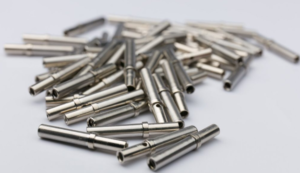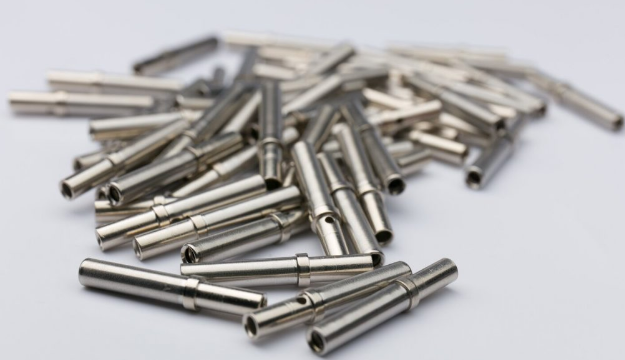Electroless nickel plating is a method of forming a nickel-alloy coating on components by using a controlled chemical reaction. It does not involve an electric current, unlike other forms of nickel plating, so it can be used on surfaces that are not conductive. It is commonly used to improve corrosion resistance across a wide range of industrial applications.
According to the Surface Engineering Association, HSE guidance must be followed closely to mitigate inhalation risks. It is a good idea to seek advice from a nickel plating services specialist, such as www.poeton.co.uk/standard-treatments/electroless-nickel-plating, when researching any new process.

The most common reasons for using this coating solution are as follows:
Corrosion resistance
The coating formed is less porous than electroplated nickel and a more consistent thickness can be achieved. Electroless nickel also contains phosphorus, which creates a protective layer to enhance resistance to corrosion and rust. Different amounts of phosphorus can be used depending on whether the application needs maximum corrosion resistance or maximum hardness.
Durability
The combination of durability and corrosion resistance makes this process ideal for preventing wear. The application can be carried out with low compressive stress and can be hardened further using heat treatment. Electroless nickel plating can also enhance the lubricity and solderability of materials.
Cost-effectiveness
Because no electricity is used, this can be a cost-effective and efficient application process that doesn’t compromise the quality of the finish. This means electroless nickel plating can both reduce operating costs and the risk of waste, with the even, consistent thickness produced meaning less equipment and fewer coats are needed.

Versatile application
Electroless nickel plating is used so widely thanks to its versatility. It can be used to deposit a uniform coating on any shape or size component, including complex or irregular shapes. It can be used to coat plastic and a range of metals, and can even effectively coat any crevices and recesses in the chosen material. This versatility is critical in technology applications; for example, this process is frequently used for coating printed circuit boards to prevent corrosion.

